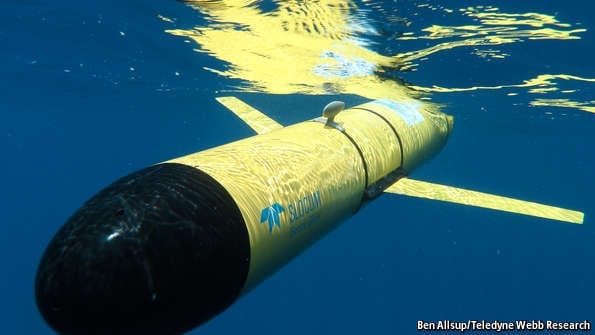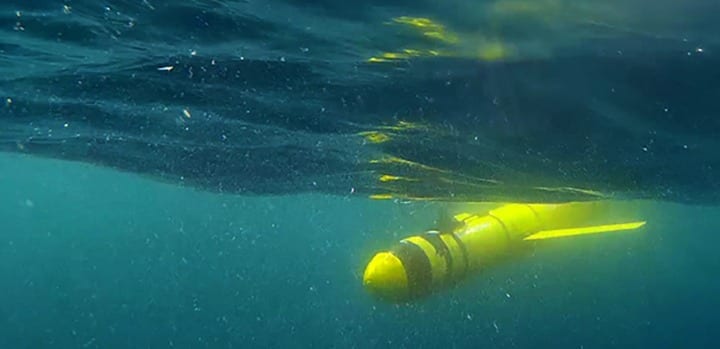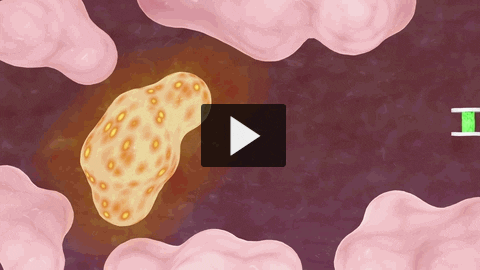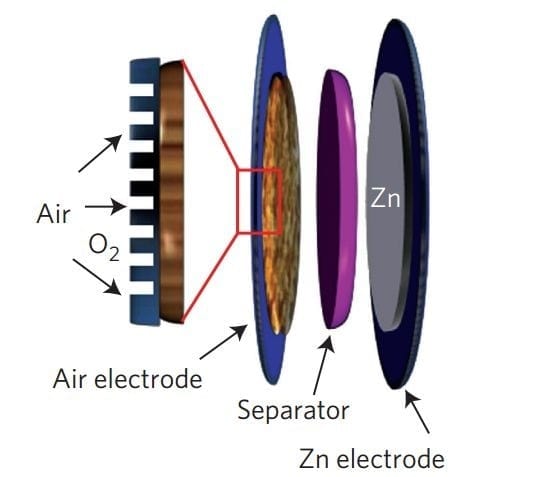A network of permanent observatories will soon monitor the oceans
THE planet arrogantly dubbed “Earth” by its dominant terrestrial species might more accurately be called “Sea”. Seven-tenths of its surface is ocean, yet humanity’s need to breathe air and its inability to resist pressure means this part of the orb is barely understood.
In June a project designed to help correct that will open for business. The seven sites of the United States’ Ocean Observatories Initiative (OOI), scattered around the Atlantic, Pacific and Southern oceans, will measure physical, chemical, geological and biological phenomena from the seabed to the surface. They will join three similar Canadian facilities, VENUS and NEPTUNE in the Pacific, which have been operating since 2006 and 2009 respectively, and the Arctic observatory in Cambridge Bay, an inlet of the Arctic Ocean, which opened in 2012.
The American project was conceived jointly with Canada, which secured funding first. Canada’s near decade-long operational experience should help to provide pointers to make the bigger operation a success. The OOI’s metaphorical flagship is the Cabled Array, which is being deployed off the coasts of Oregon and Washington, to the south of VENUS and NEPTUNE, with which it will collaborate. In particular, these observatories have a remit to study a suboceanic piece of the Earth’s crust called the Juan de Fuca plate, which is being overridden by the North American plate’s progress westward as part of the stately geological dance called plate tectonics.
As its name suggests, the Cabled Array is organised around a submarine cable—a 900km-long power and data connection between its base in Oregon and its seven submarine nodes (see illustration). These nodes are linked, in turn, to 17 junction boxes that distribute power and signals to the system’s instruments, and collect data from them. It is also connected to “profiler moorings” that let instruments travel up and down a wire stretching from the surface to the bottom, allowing a cross-section of the water column to be sampled at regular intervals.
Strange life
One of the Cabled Array’s jobs is to measure the Juan de Fuca plate’s volcanic and seismological activity, including the output of its hydrothermal vents—submarine springs from which superheated mineral-laden water emerges. These support very unusual forms of life which are not found in any other habitat. It will also, though, study more quotidian matters, such as ocean currents and chemistry, and the biological productivity of the area.
Read more: Wiring the world below
The Latest on: Ocean observatories
[google_news title=”” keyword=”Ocean observatories” num_posts=”10″ blurb_length=”0″ show_thumb=”left”]
via Google News
The Latest on: Ocean observatories
- Endless Ocean Luminouson April 30, 2024 at 7:19 am
We deep dive into Arika's relaxing exploration adventure for the Nintendo Switch, which doesn't seem very so-fish-ticated.
- Protecting the darkness in Chile’s Atacama deserton April 28, 2024 at 4:55 pm
Light pollution is threatening the future of astronomy. Can a new nationwide lighting standard make a difference?
- World scientists call for more research on the Southern Ocean and climate changeon April 26, 2024 at 5:00 pm
Three hundred scientists from 25 nations have met this week in the Antarctic gateway city of Hobart, Australia, for the first-ever international conference of the Southern Ocean Observing System ...
- New NASA satellite monitoring ocean healthon April 26, 2024 at 6:30 am
PACE will reveal how aerosols might fuel phytoplankton growth in the ocean and help identify harmful algal blooms.
- Beach season and sea turtle nesting season are right around the corner. Know the ruleson April 24, 2024 at 2:38 pm
With sea turtle nesting season beginning May 1, county officials are asking residents, guests, and local businesses, to protect the turtles’ natural habitat by observing all nesting ... 901 Pope Road ...
- The International Date Line Is ‘Pretty Arbitrary.’ Here’s Why.on April 24, 2024 at 8:22 am
That squiggly line through the Pacific where days begin and end has no legal authority and technically doesn’t exist.
- A rapid shift in ocean currents could imperil the world’s largest ice shelfon April 23, 2024 at 2:00 am
Roughly the size of Spain, the Ross Ice Shelf stabilizes major glaciers along Antarctica’s coast — and is at risk of retreating, a new study finds.
- Planning an East Coast beach vacation? Here’s when to expect perfect ocean temperatures for swimming and surfingon April 22, 2024 at 11:20 am
With temperatures warming up and most of last week’s temperatures in the 80s, we have already begun thinking about beach vacations. For those planning on heading to the beach in ...
- Navigation and Wind Farms: Competing Ocean Uses Raise Existential Questionson April 22, 2024 at 11:12 am
The Coast Guard is charged with safeguarding the viability of the Marine Transportation System (MTS), and the USCG is closely tracking issues of competing ocean uses. The USCG is one of the federal ...
- NASA’s PACE Data Is Redefining Our View of Earth’s Climate and Oceanson April 21, 2024 at 11:51 am
NASA's new PACE satellite provides essential data on ocean health, air quality, and climate effects, enhancing scientific understanding and supporting global environmental monitoring. NASA is now ...
via Bing News











